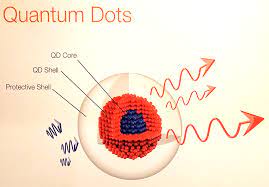Quantum Dots: A Comprehensive Guide to Theory, Applications, and Future Prospects

About Course
Quantum Dots: A Comprehensive Guide to Theory, Applications, and Future Prospects takes you on a fascinating journey through one of nanotechnology’s most exciting frontiers. These tiny, man-made semiconductor particles—only a few nanometers in size—are redefining how we think about light, energy, and information. With their unique optical and electronic properties, quantum dots (QDs) have already begun transforming industries ranging from solar energy and LED displays to biomedicine and quantum computing.
This course blends theory with real-world application to give students, researchers, and enthusiasts a solid understanding of what makes quantum dots special. You’ll explore how quantum dots are synthesized, characterized, and engineered for specialized applications in biotechnology, optoelectronics, computing, and beyond. Whether you’re aiming to contribute to cutting-edge innovation or just want to grasp the building blocks of the nanotech revolution, this course offers a captivating and comprehensive experience.
Course Content
Introduction
Brief overview of quantum dots and their significance in various fields
00:00Explanation of the unique properties and behavior of quantum dots
00:00Importance of understanding quantum dots for future technological advancements
00:00